Home>Furniture & Design>Interior Design Trends>How To Use A Magnifying Glass
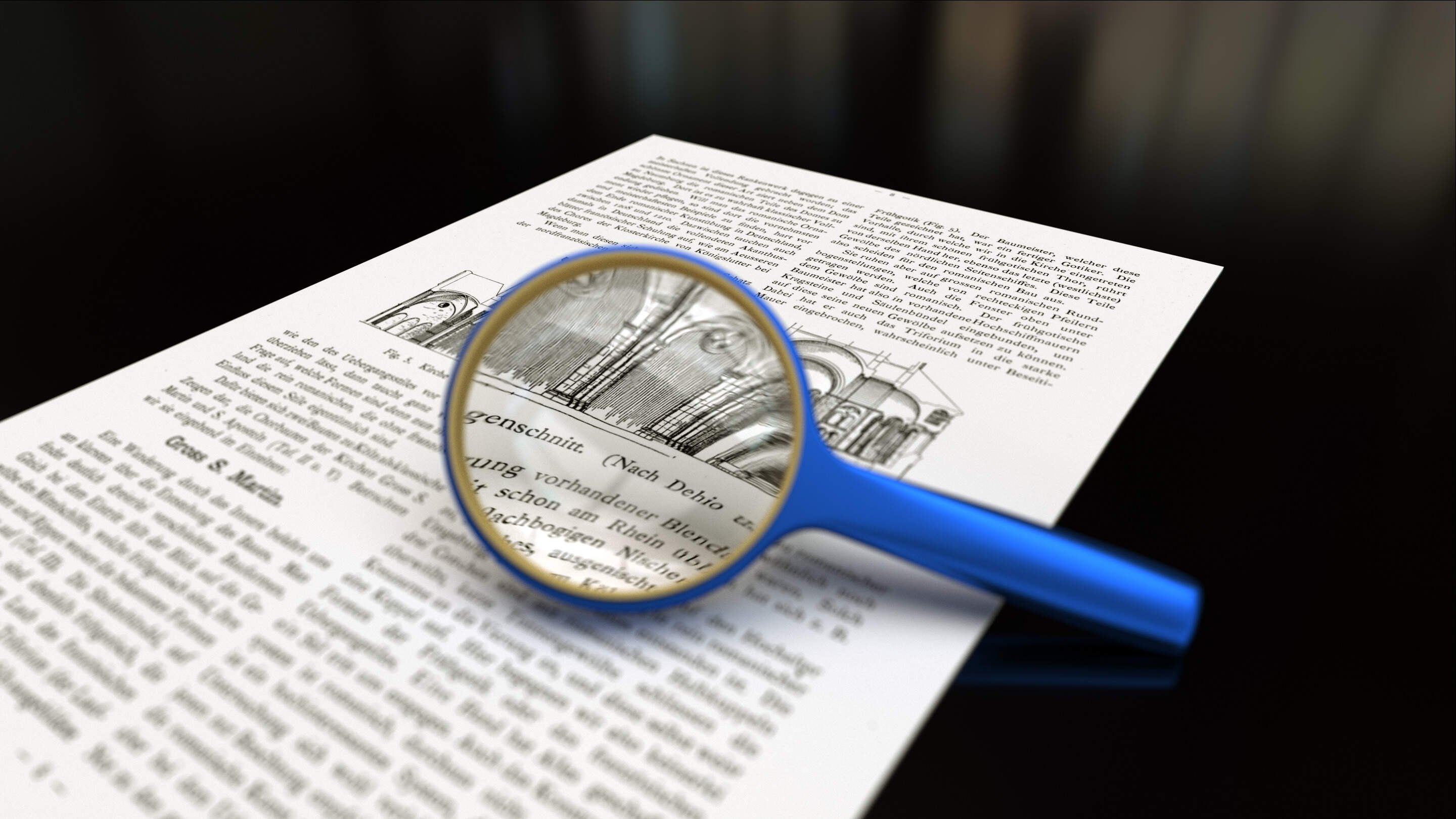

Interior Design Trends
How To Use A Magnifying Glass
Modified: March 2, 2024
Learn how to incorporate the latest interior design trends using a magnifying glass. Discover creative ways to enhance your space. Explore now!
(Many of the links in this article redirect to a specific reviewed product. Your purchase of these products through affiliate links helps to generate commission for Storables.com, at no extra cost. Learn more)
Introduction
A magnifying glass is a simple yet remarkable tool that has been used for centuries to enhance our vision and explore the intricate details of the world around us. Whether it's for reading fine print, examining tiny objects, or even starting a fire in the wild, a magnifying glass serves a multitude of purposes. Its ability to magnify and clarify objects has made it an indispensable tool in various fields, from science and exploration to everyday tasks.
In this article, we will delve into the diverse applications of a magnifying glass, exploring how this seemingly humble instrument can be a game-changer in different scenarios. From choosing the right magnifying glass to utilizing it for reading, inspecting objects, starting fires, and conducting science experiments, we will uncover the versatility and practicality of this timeless tool.
Join us on a journey through the lens of a magnifying glass as we uncover its myriad uses and unlock the potential of this small yet powerful device. Whether you're a curious explorer, a science enthusiast, or simply someone looking to make everyday tasks easier, the insights shared in this article will shed light on the fascinating world of magnification and discovery.
Key Takeaways:
- Unlock the World of Details
A magnifying glass isn’t just for reading small text. It’s a gateway to hidden marvels, from inspecting jewelry to starting fires and exploring the microscopic world of science. It’s a tool for curiosity and discovery! - Choose Your Lens Wisely
When picking a magnifying glass, consider its power, size, quality, and features. Whether for reading, inspecting, or exploring, the right magnifier can enhance your experience and open up new possibilities.
Read more: How To Make A Magnifying Glass
Choosing the Right Magnifying Glass
When it comes to choosing the right magnifying glass, it's essential to consider the specific purpose for which you'll be using it. Magnifying glasses come in various shapes, sizes, and magnification strengths, each tailored to different tasks and preferences. Understanding the key factors to consider will help you select the most suitable magnifying glass for your needs.
Factors to Consider
-
Magnification Power: The magnification power of a magnifying glass determines how much larger an object will appear when viewed through the lens. Magnifying glasses are available in a range of magnification strengths, typically starting from 2x and going up to 10x or higher. For reading small text, a lower magnification power such as 2x to 3x may be sufficient, while intricate tasks like inspecting tiny details may require higher magnification levels.
-
Lens Size and Shape: The size and shape of the lens can significantly impact the viewing experience. Larger lenses provide a wider field of view, making them suitable for tasks that require scanning larger areas, such as reading entire pages of a book. Conversely, smaller lenses are more portable and convenient for inspecting small objects or details with precision. Additionally, the shape of the lens, whether round or rectangular, can influence the ease of use and comfort during prolonged viewing.
-
Quality of Optics: Optics quality plays a crucial role in the clarity and sharpness of the magnified image. Look for magnifying glasses with high-quality lenses that minimize distortion and provide clear, crisp magnification. Coated lenses can reduce glare and enhance contrast, improving the overall viewing experience.
-
Portability and Ergonomics: Consider the portability and ergonomics of the magnifying glass, especially if you plan to use it for extended periods. A lightweight and compact design can make it easier to carry around, while features such as a comfortable handle and non-slip grip contribute to user comfort and ease of handling.
-
Additional Features: Some magnifying glasses come with built-in LED lights to illuminate the viewing area, making them ideal for tasks in low-light conditions. Others may offer adjustable focus or interchangeable lenses to cater to a wider range of magnification needs.
By carefully evaluating these factors and understanding your specific requirements, you can make an informed decision when selecting the right magnifying glass. Whether it's for reading, hobbyist activities, or professional use, having the appropriate magnifying glass at your disposal can greatly enhance your visual capabilities and overall experience.
Using a Magnifying Glass for Reading
The application of a magnifying glass for reading extends far beyond aiding individuals with visual impairments. It serves as a valuable tool for anyone encountering small or intricate text, whether in the form of fine print, handwritten notes, or detailed illustrations. When faced with the challenge of deciphering minuscule text, a magnifying glass can offer a simple yet effective solution.
For individuals with presbyopia, a common age-related condition that affects near vision, a magnifying glass can provide much-needed assistance when reading books, newspapers, or any printed material. By magnifying the text, it alleviates the strain on the eyes and enables a more comfortable reading experience. Moreover, for those with visual impairments, a magnifying glass can be a lifeline, allowing them to access and enjoy written content that would otherwise be inaccessible.
In addition to aiding individuals with vision challenges, a magnifying glass can be a valuable asset for professionals in various fields. Librarians, archivists, and researchers often rely on magnifying glasses to examine ancient manuscripts, delicate maps, and intricate illustrations, unveiling hidden details and preserving historical documents. The precision and clarity offered by a magnifying glass make it an indispensable tool for studying and analyzing intricate visual information.
Furthermore, in the realm of hobbies and crafts, a magnifying glass becomes an essential companion for enthusiasts engaged in activities such as stamp collecting, model building, or jewelry making. It facilitates the close inspection of tiny details, enabling hobbyists to appreciate the intricacies of their creations and identify subtle imperfections that may escape the naked eye.
Beyond its practical applications, using a magnifying glass for reading can evoke a sense of curiosity and wonder, allowing individuals to explore the intricate details of printed material with a newfound perspective. It transforms the act of reading into a captivating visual journey, unveiling hidden nuances and enriching the overall reading experience.
In essence, the use of a magnifying glass for reading transcends mere functionality; it embodies the spirit of discovery and empowerment, enabling individuals to engage with written content in a deeper and more meaningful way. Whether for practical assistance, professional pursuits, or the pursuit of knowledge and creativity, the humble magnifying glass continues to play a vital role in enhancing our ability to perceive and appreciate the written word.
Using a Magnifying Glass for Inspecting Objects
The application of a magnifying glass for inspecting objects transcends the realm of mere observation, offering a gateway to a world of intricate details and hidden marvels. Whether it's examining tiny components, scrutinizing delicate artifacts, or identifying minute imperfections, a magnifying glass serves as an indispensable tool for meticulous inspection.
In the realm of jewelry and gemology, a magnifying glass, often referred to as a jeweler's loupe, becomes an essential instrument for evaluating the quality and authenticity of precious stones and intricate jewelry pieces. Gemologists and jewelry appraisers rely on the magnification capabilities of the loupe to scrutinize gemstone inclusions, assess the precision of gem cuts, and detect subtle flaws that may impact the value and desirability of the jewelry.
Moreover, in the field of numismatics and philately, enthusiasts and collectors utilize magnifying glasses to examine coins, stamps, and other collectible items with precision. The magnification reveals the fine details of engravings, mint marks, and paper texture, aiding in the authentication and appraisal of rare and valuable collectibles.
In the domain of forensic science and criminal investigations, magnifying glasses play a pivotal role in scrutinizing evidence and analyzing trace materials. Forensic experts employ magnification to study fingerprints, hair fibers, and other microscopic evidence, unraveling crucial details that could provide insights into criminal activities and aid in the pursuit of justice.
Furthermore, in the context of antique restoration and conservation, conservators and restoration specialists utilize magnifying glasses to assess the condition of delicate artifacts, intricate paintings, and historical documents. The magnification allows for a thorough examination of surface irregularities, pigment composition, and signs of aging, guiding the restoration process and ensuring the preservation of cultural heritage.
Beyond professional domains, hobbyists and DIY enthusiasts leverage the magnifying capabilities of handheld lenses to inspect electronic circuits, model components, and intricate mechanical parts. The magnifying glass serves as a reliable aid in identifying soldering flaws, examining intricate details, and troubleshooting miniature components, contributing to the precision and quality of DIY projects and repairs.
In essence, the use of a magnifying glass for inspecting objects unveils a world of hidden intricacies and microscopic wonders, empowering individuals across diverse fields to delve into the minutiae of their pursuits. Whether in professional endeavors, historical preservation, or personal hobbies, the magnifying glass stands as a steadfast ally in the quest for precision, clarity, and discovery.
When using a magnifying glass, hold it close to the object you want to see, and adjust the distance and angle until the object appears clear and focused. Keep the magnifying glass steady to avoid distortion.
Using a Magnifying Glass for Starting Fires
The age-old technique of using a magnifying glass to start a fire embodies the ingenuity and resourcefulness of humankind. Harnessing the power of sunlight, a magnifying glass can be transformed into a potent tool for fire starting, offering a primitive yet effective method that has stood the test of time.
When utilizing a magnifying glass to start a fire, the fundamental principle lies in concentrating sunlight onto a specific focal point with enough intensity to ignite combustible material. This process, known as solar ignition, requires careful positioning and patience, making it a skill that rewards precision and attentiveness.
To initiate the fire-starting process, one must first identify suitable tinder, such as dry leaves, fine twigs, or char cloth, that can easily catch fire when exposed to concentrated sunlight. With the tinder in place, the next step involves angling the magnifying glass to capture and focus sunlight onto the chosen tinder. By adjusting the angle and distance between the magnifying glass and the tinder, one can optimize the concentration of sunlight, increasing the likelihood of ignition.
As the focused sunlight interacts with the tinder, it generates heat, gradually raising the temperature of the material. With continued focus and patience, the tinder reaches its ignition point, producing a small, glowing ember that signals the onset of a fire. Careful nurturing of the ember, along with the addition of additional kindling and fuel, allows the fire to grow and sustain itself, marking the successful culmination of the fire-starting process.
The ability to start a fire using a magnifying glass holds practical significance in outdoor survival scenarios, where access to traditional fire-starting tools may be limited. Whether in wilderness exploration, camping expeditions, or emergency situations, the reliance on solar ignition offers a reliable and sustainable method for generating warmth, cooking food, and signaling for assistance.
Moreover, the skill of using a magnifying glass to start fires serves as a testament to the timeless wisdom of our ancestors, who harnessed the natural elements to meet their basic needs. It embodies a connection to nature and a deep understanding of the fundamental principles of fire, serving as a reminder of the resilience and adaptability inherent in the human spirit.
In essence, the utilization of a magnifying glass for starting fires transcends mere practicality; it symbolizes the enduring bond between humanity and the natural world, showcasing the transformative power of a simple yet remarkable tool in the pursuit of survival and self-reliance.
Using a Magnifying Glass for Science Experiments
The application of a magnifying glass in science experiments opens a gateway to a realm of discovery, observation, and exploration. From the microscopic world of biology to the intricate structures of minerals and crystals, a magnifying glass serves as an invaluable tool for young scientists and seasoned researchers alike.
In the field of biology, a magnifying glass becomes a window into the intricate details of plant and animal specimens. Students and educators often utilize handheld magnifiers to observe the fine structures of leaves, petals, and insect anatomy, fostering a deeper understanding of biological concepts and ecological interactions. The magnification capabilities of the lens allow for close examination of cellular structures, enabling students to witness the marvels of life at a microscopic level.
Furthermore, in the realm of geology and earth sciences, magnifying glasses aid in the study of mineral composition, rock formations, and fossil specimens. Geologists and amateur rock enthusiasts leverage magnifiers to scrutinize the textures, cleavage patterns, and mineral inclusions within geological samples, unraveling the geological history and processes that shaped the Earth's surface over millennia.
In the context of environmental science and ecology, magnifying glasses serve as essential tools for conducting field observations and biodiversity surveys. By magnifying intricate details of plant morphology, insect species, and soil composition, researchers gain insights into ecosystem dynamics and species interactions, contributing to the conservation and management of natural habitats.
Moreover, in the realm of chemistry and material science, magnifying glasses aid in the visual inspection of crystalline structures, chemical reactions, and material properties. The magnification capabilities enable scientists to analyze the formation of crystal lattices, observe the behavior of chemical compounds, and inspect the surface characteristics of materials, laying the foundation for advancements in material engineering and chemical research.
In essence, the use of a magnifying glass for science experiments transcends mere observation; it fosters a spirit of inquiry, curiosity, and scientific exploration. Whether in the classroom, research laboratory, or outdoor field studies, the magnifying glass stands as a steadfast ally in the pursuit of scientific knowledge, enabling individuals to delve into the intricacies of the natural world and unravel its mysteries through the lens of magnification.
Conclusion
In conclusion, the magnifying glass, with its timeless utility and versatility, continues to hold a significant place in various aspects of our lives. From aiding in reading small text to facilitating meticulous inspections, igniting fires, and enabling scientific exploration, the magnifying glass stands as a symbol of human ingenuity and curiosity.
The act of choosing the right magnifying glass involves a thoughtful consideration of factors such as magnification power, lens size, quality of optics, portability, and additional features. By understanding these elements, individuals can select a magnifying glass that aligns with their specific needs, whether for reading, hobbyist pursuits, or professional endeavors.
The application of a magnifying glass for reading extends beyond its functional role, offering a gateway to a captivating visual journey through the intricate details of printed material. It serves as a valuable aid for individuals with visual impairments, professionals in research and archiving, and hobbyists engaged in crafts and collectibles, enriching the reading experience and fostering a deeper connection with written content.
When utilized for inspecting objects, the magnifying glass unveils a world of hidden intricacies and microscopic wonders, empowering professionals, collectors, and enthusiasts to delve into the minutiae of their pursuits. Whether in the realms of jewelry appraisal, forensic investigations, or historical preservation, the magnifying glass serves as a steadfast ally in the quest for precision, clarity, and discovery.
The age-old technique of using a magnifying glass to start fires embodies the resourcefulness and resilience of humanity, offering a primitive yet effective method for generating warmth and sustenance in outdoor environments. The skill of solar ignition not only holds practical significance in survival scenarios but also serves as a testament to our enduring connection with the natural world.
In the realm of science experiments, the magnifying glass becomes a catalyst for inquiry, observation, and exploration, enabling students and researchers to unravel the mysteries of the natural world at a microscopic level. From biology and geology to environmental science and material research, the magnifying glass serves as an indispensable tool for gaining insights into the intricate workings of the universe.
In essence, the magnifying glass transcends its humble appearance, embodying the spirit of discovery, empowerment, and resilience. Its enduring relevance across diverse domains reaffirms its status as a timeless tool that continues to enrich our lives and expand the boundaries of our perception. Whether as a tool for practical tasks, scientific exploration, or a symbol of human adaptability, the magnifying glass remains an enduring testament to the power of observation and the pursuit of knowledge.
Frequently Asked Questions about How To Use A Magnifying Glass
Was this page helpful?
At Storables.com, we guarantee accurate and reliable information. Our content, validated by Expert Board Contributors, is crafted following stringent Editorial Policies. We're committed to providing you with well-researched, expert-backed insights for all your informational needs.
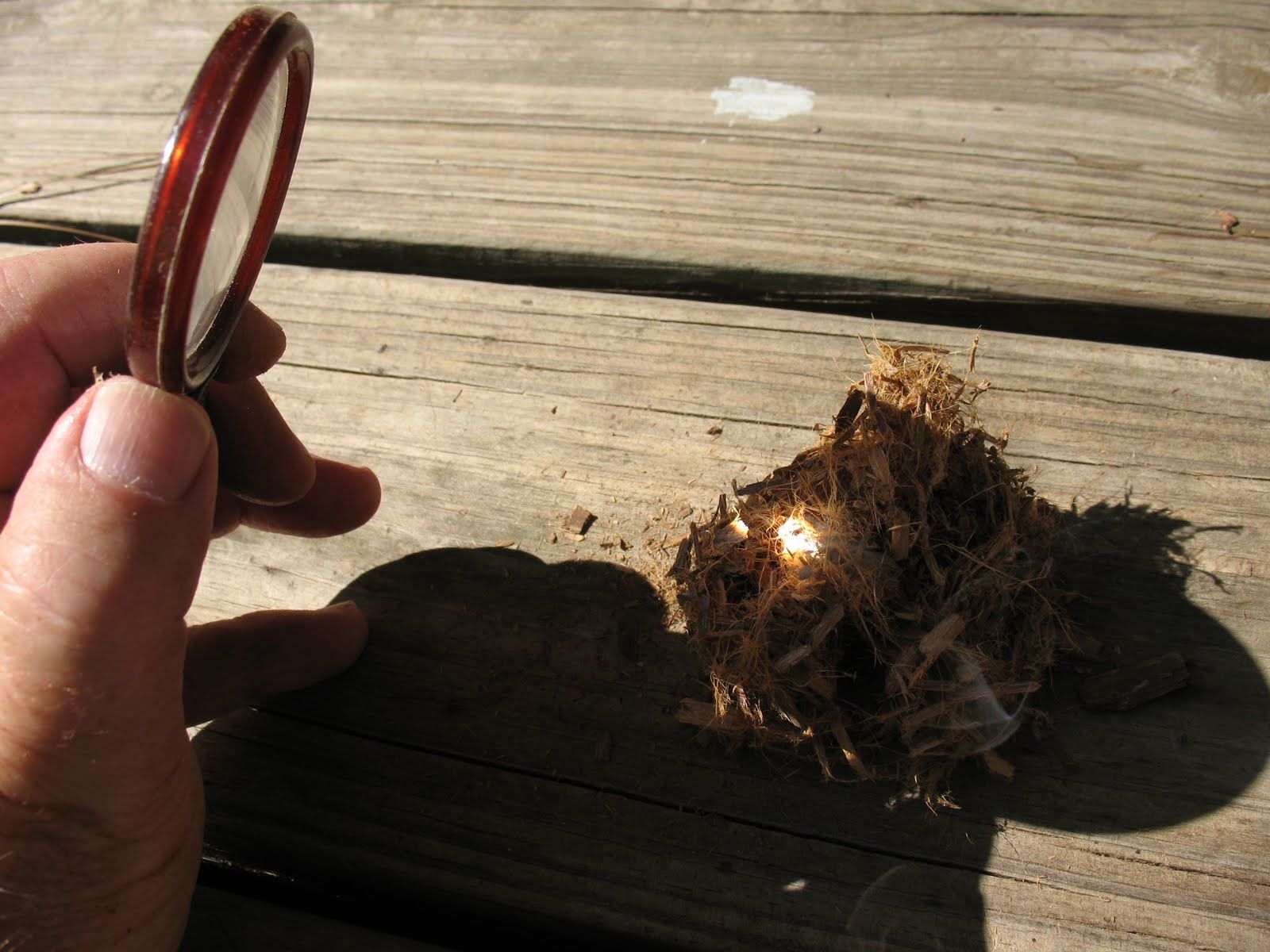
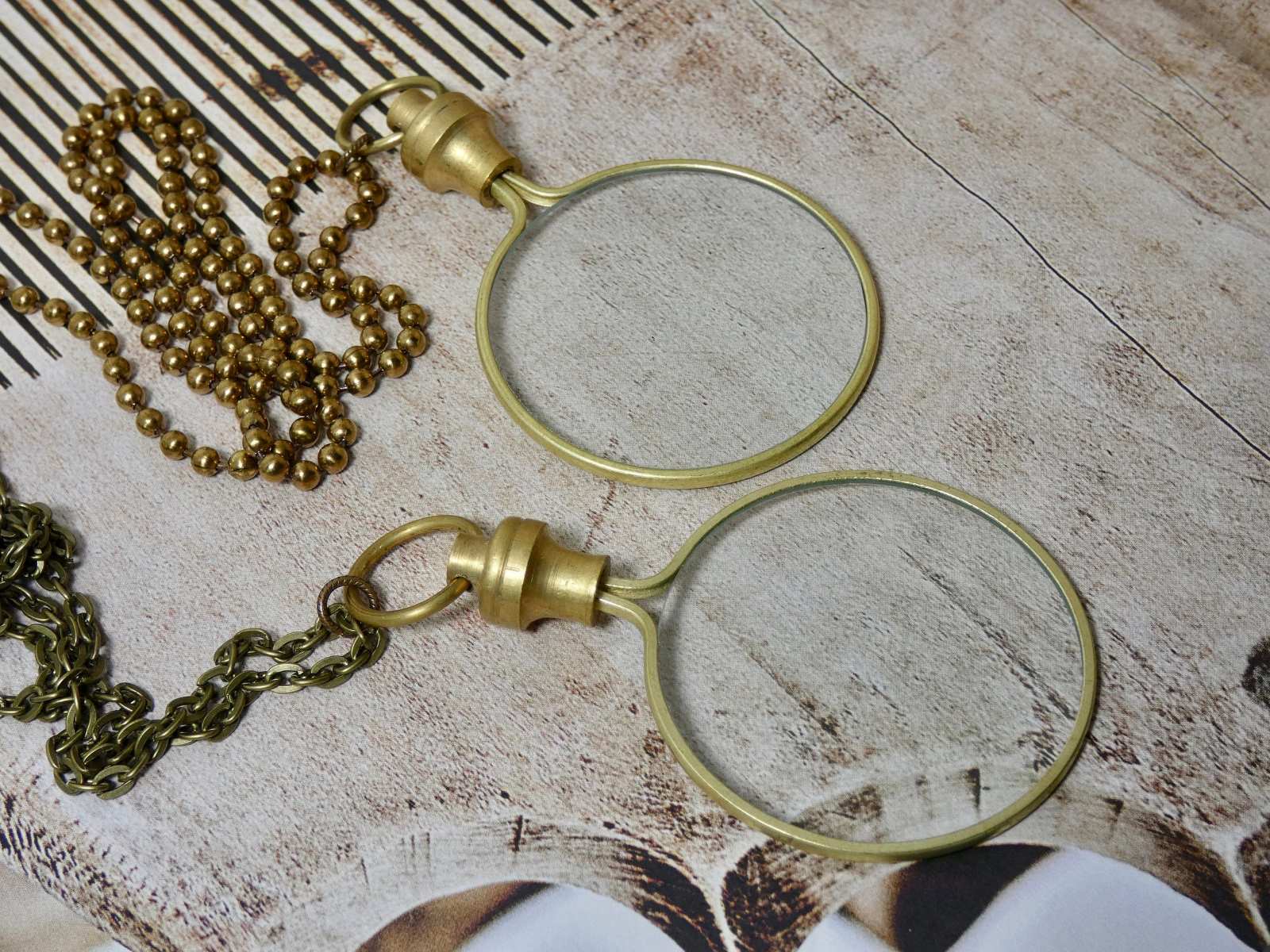
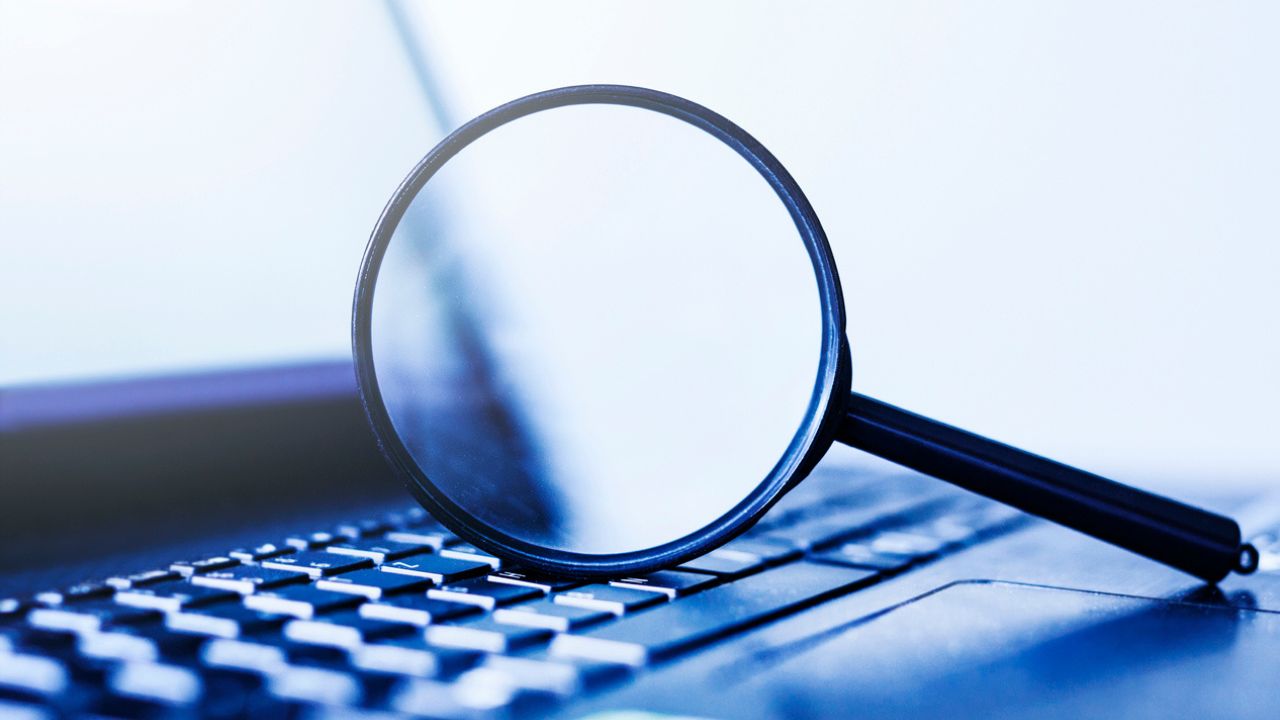
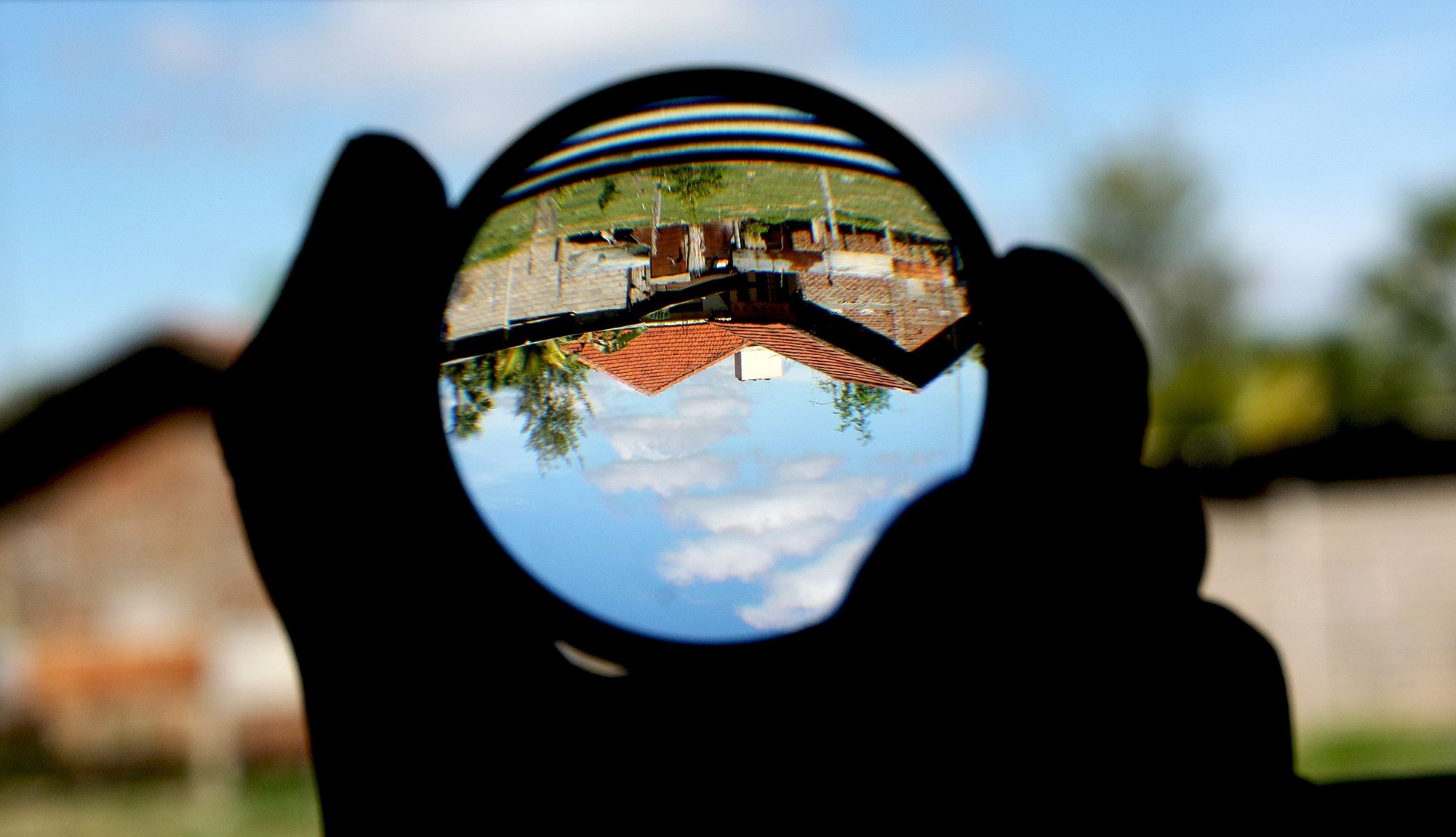
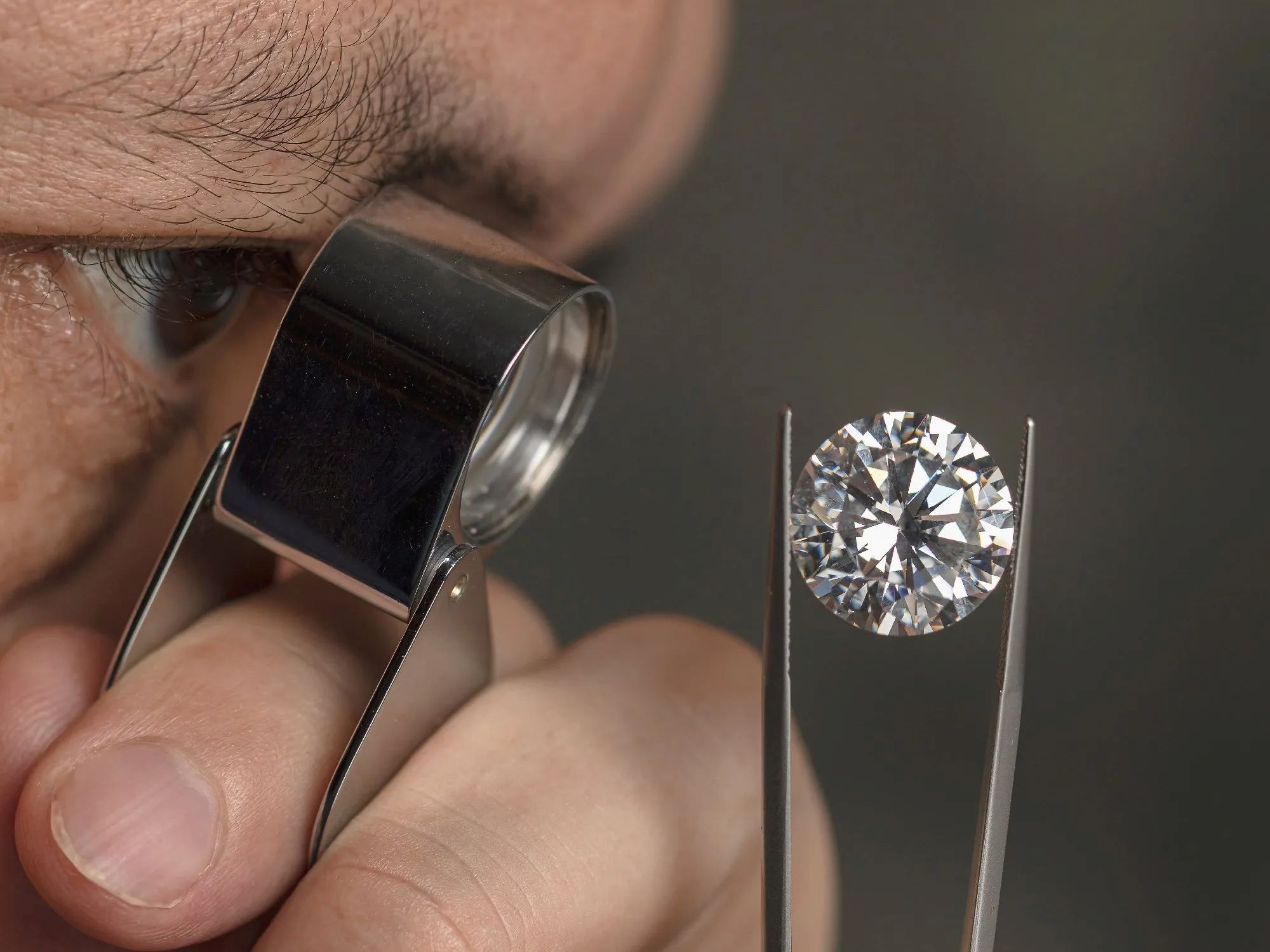

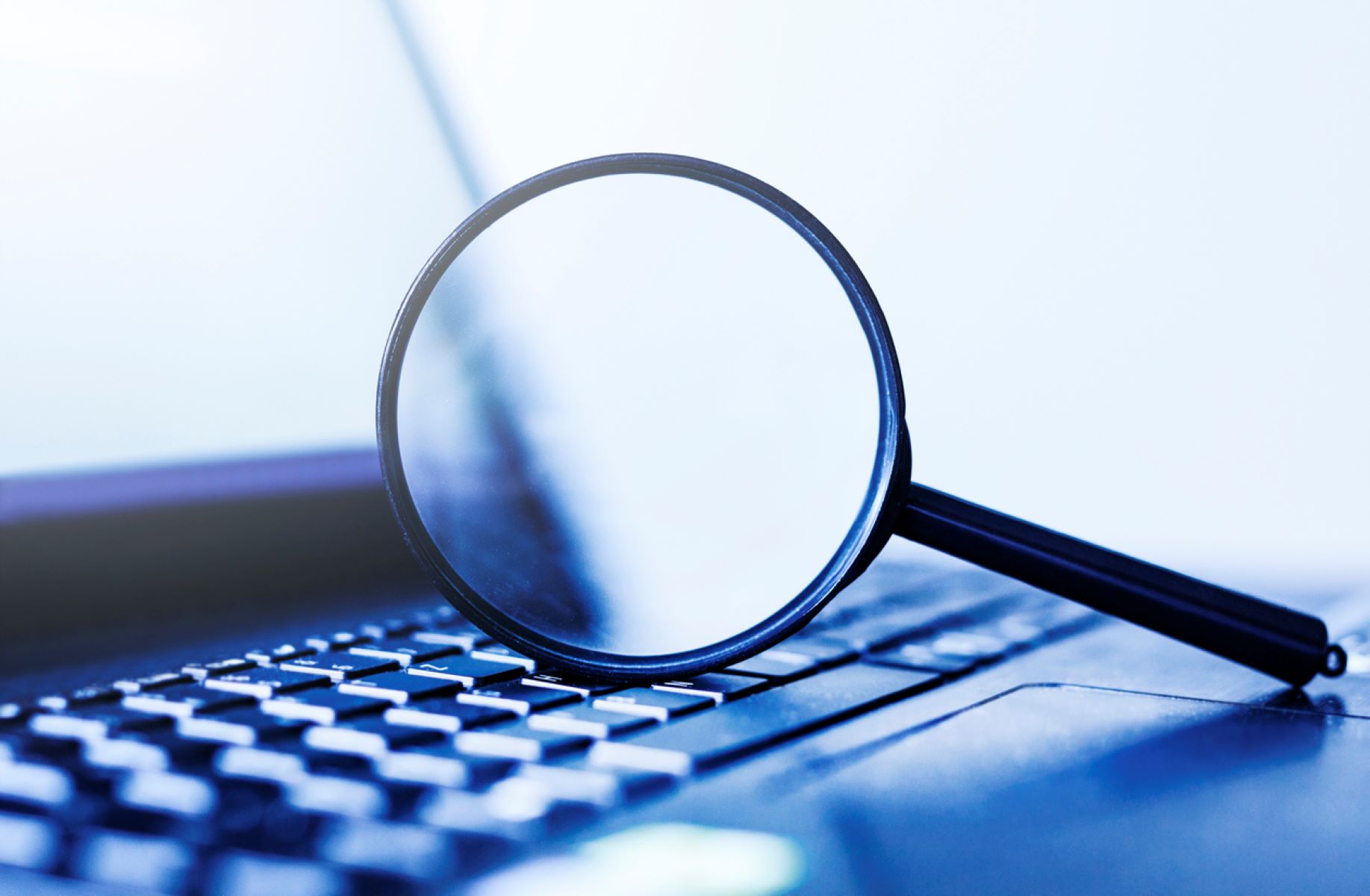
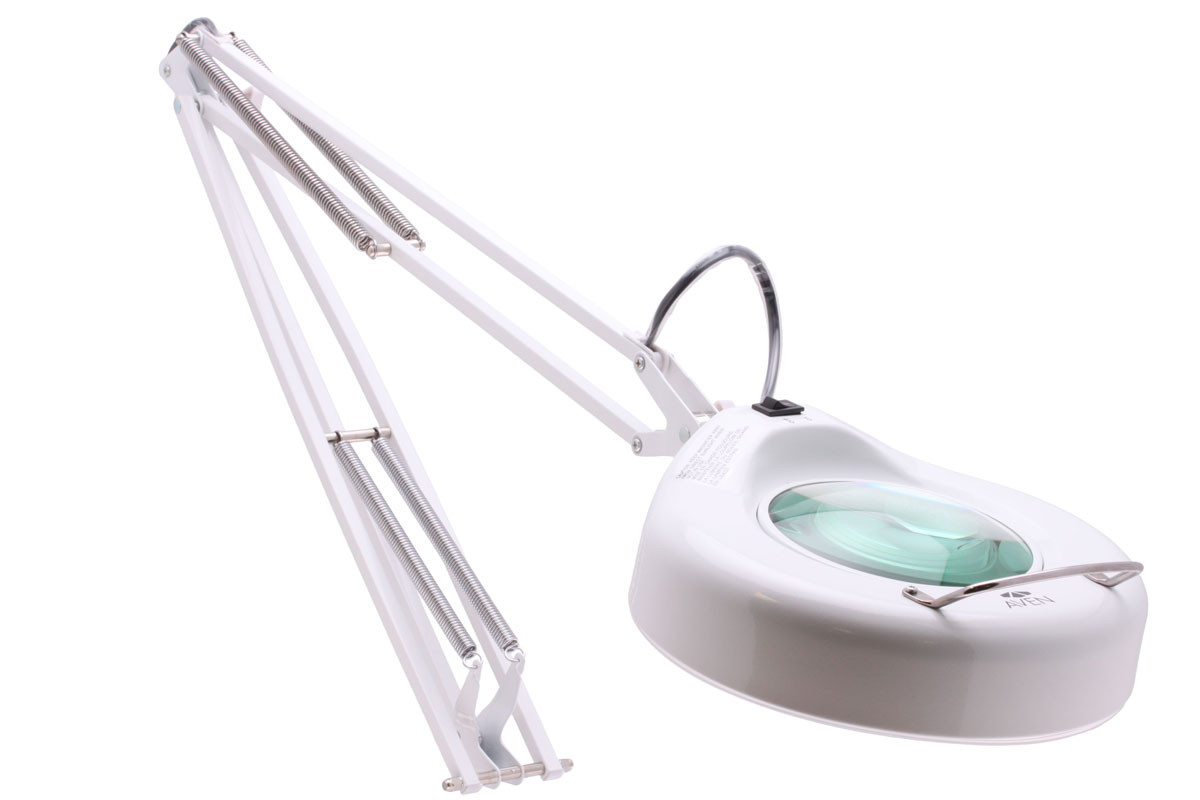
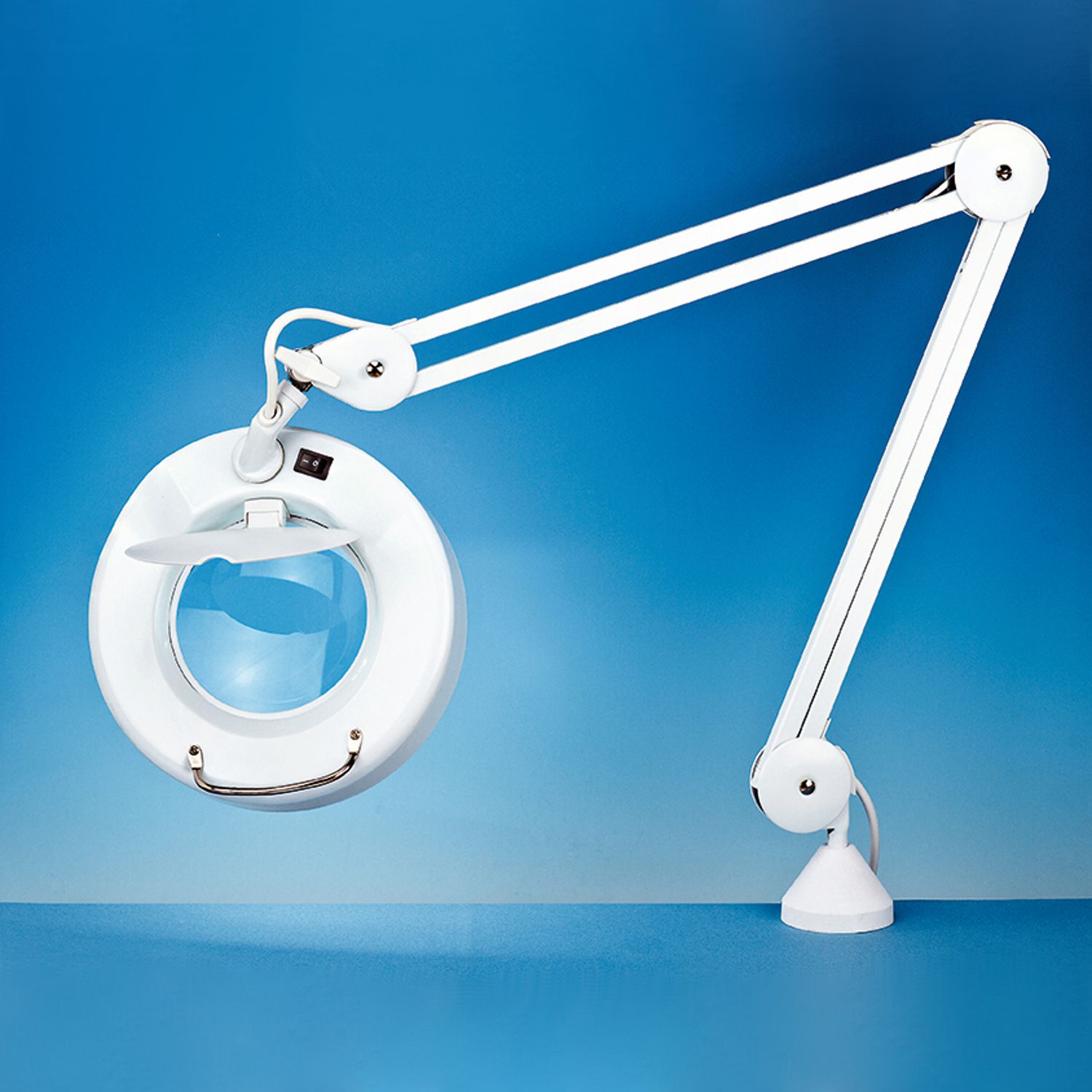
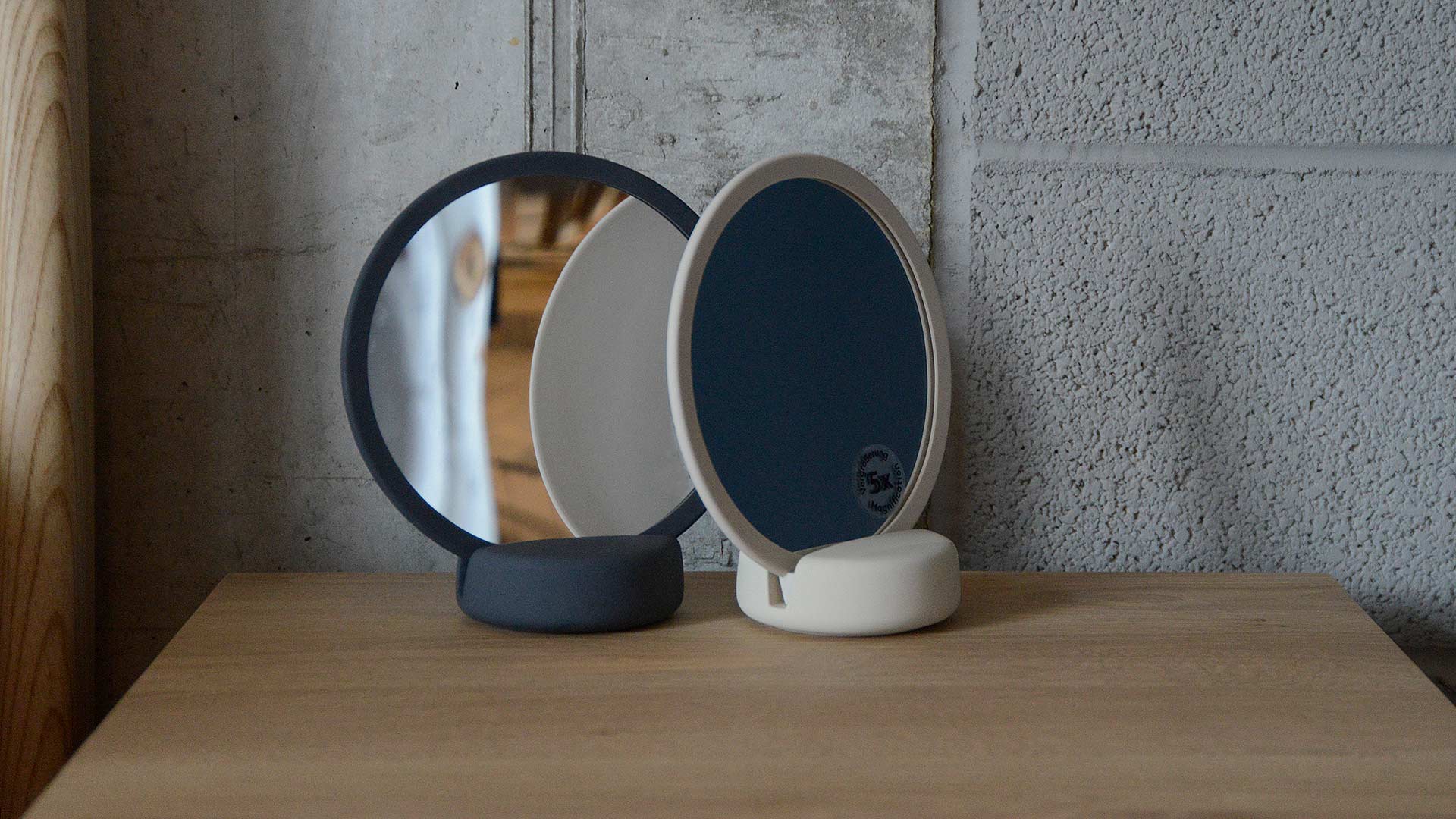
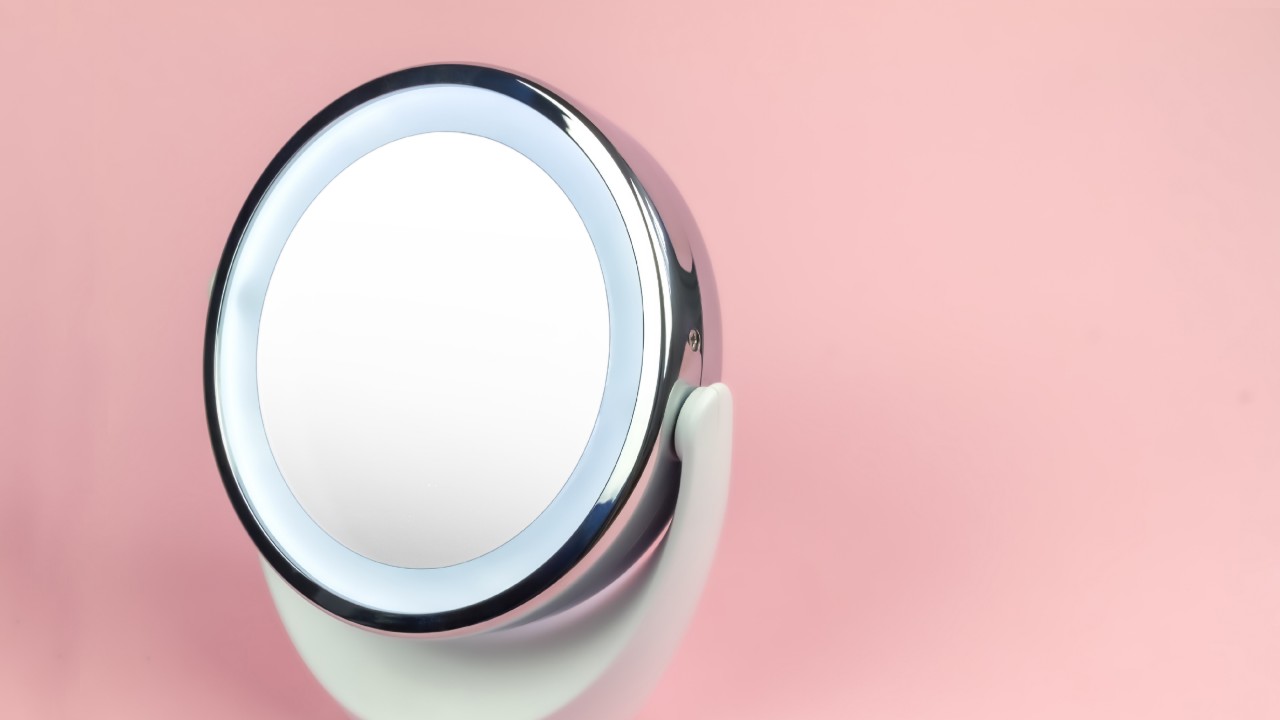

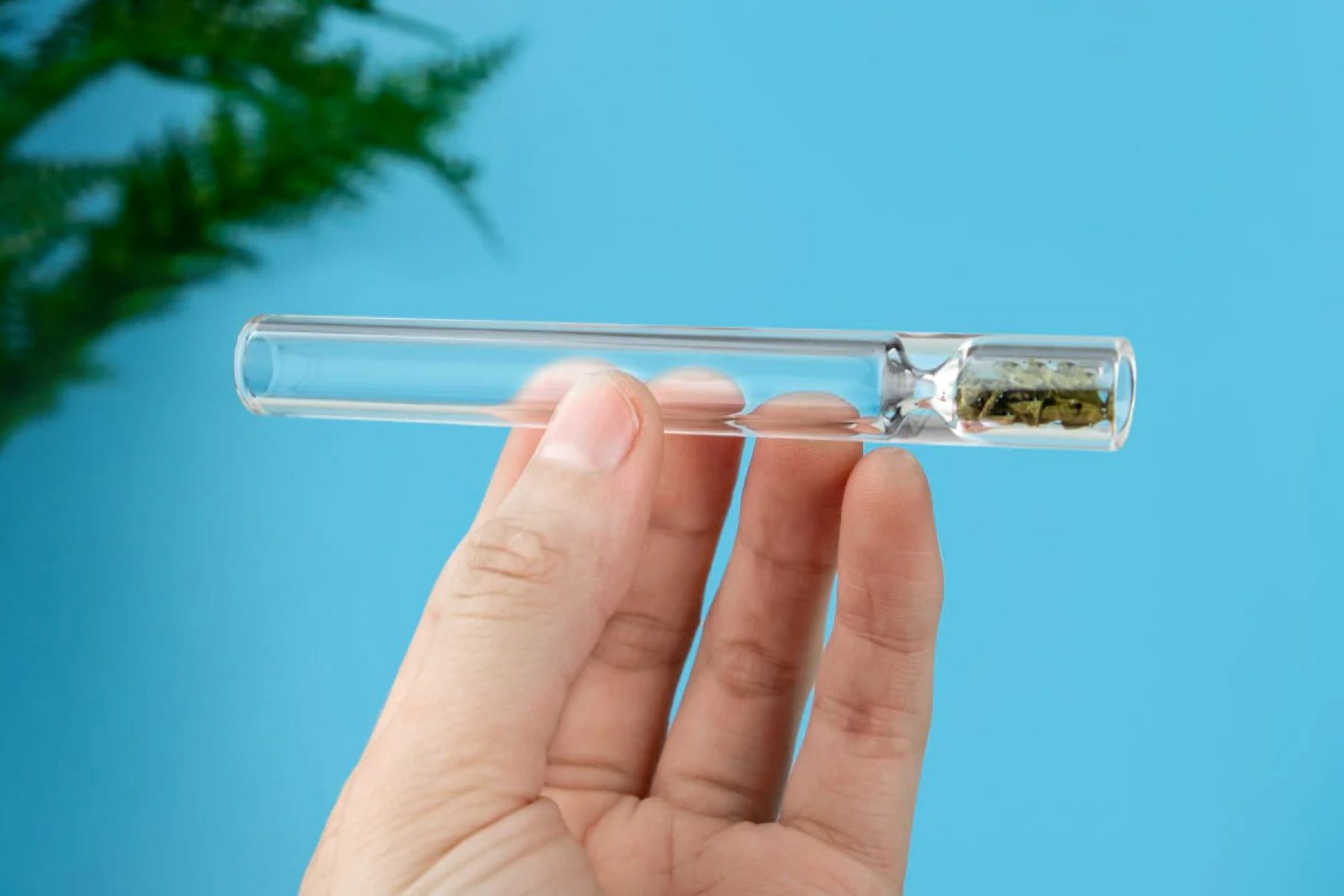
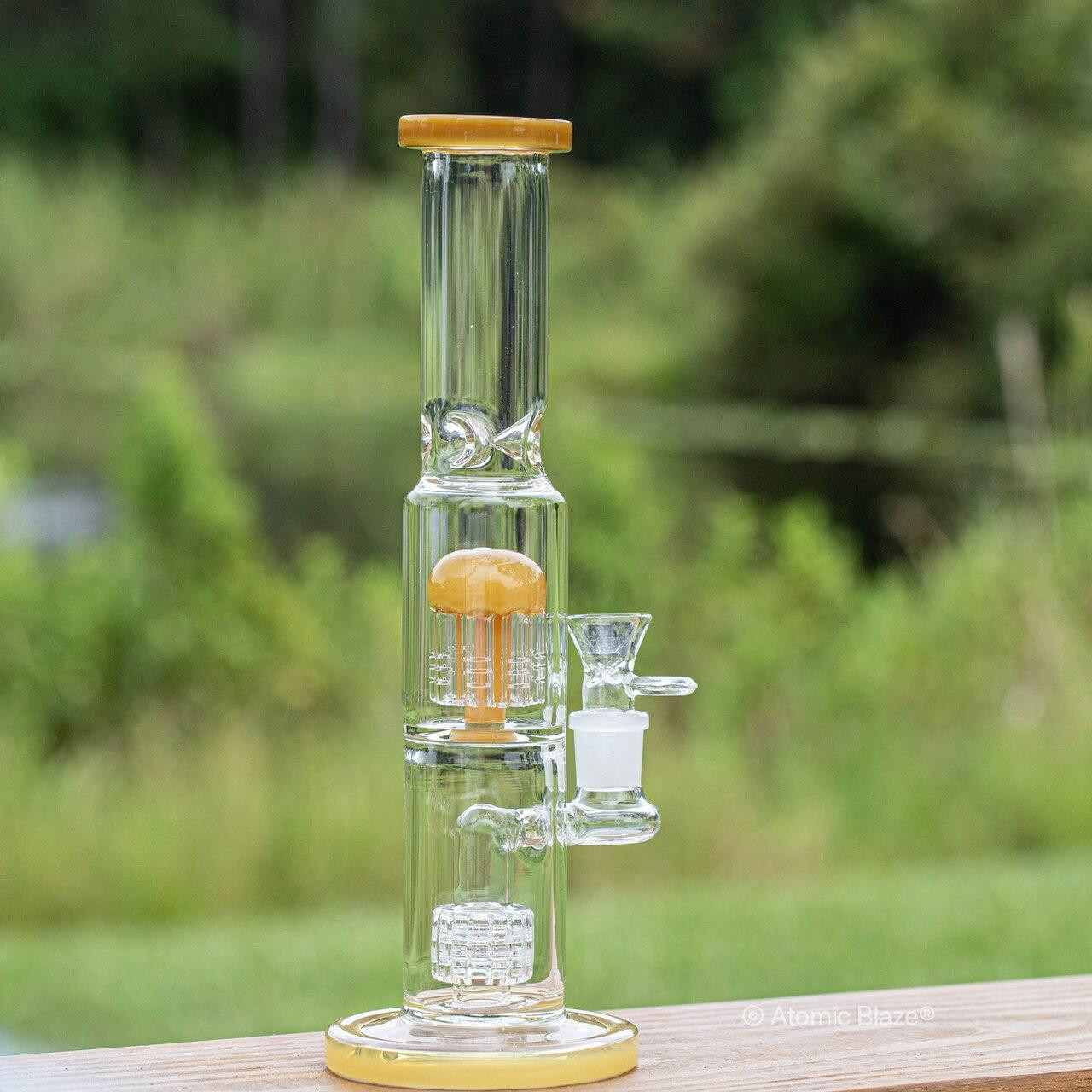

0 thoughts on “How To Use A Magnifying Glass”